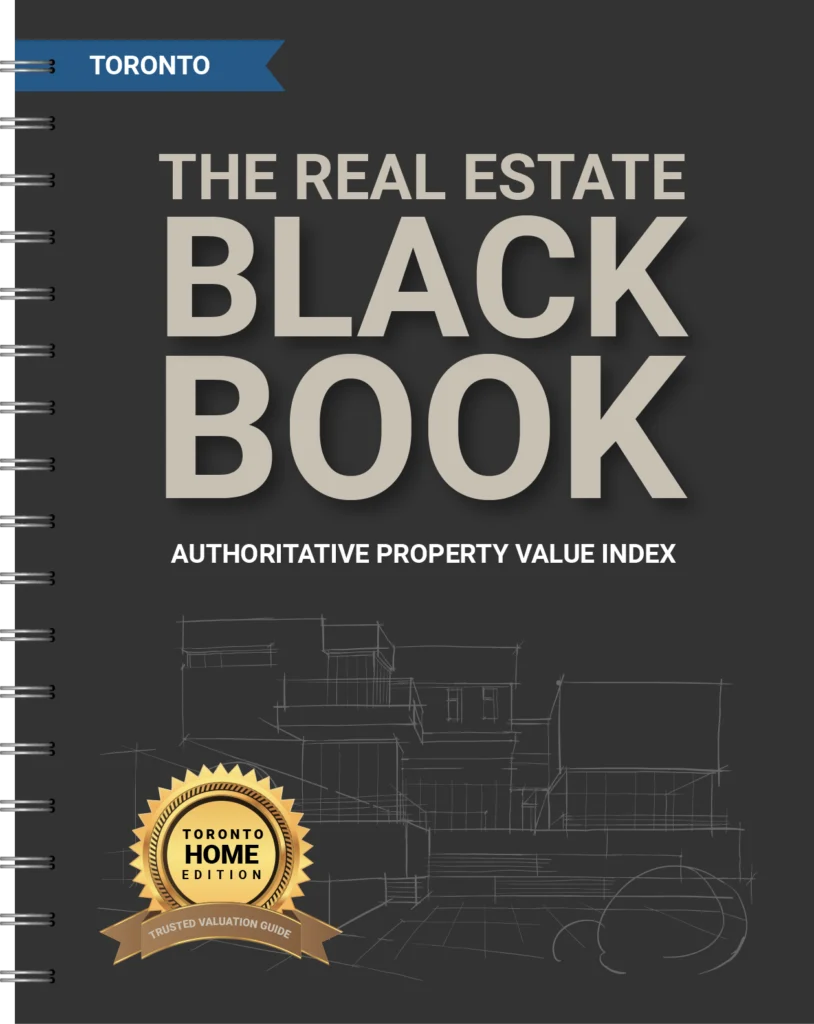The vacant home tax in Toronto, initially introduced to address the housing shortage by encouraging occupancy, has been met with a mix of criticism and support. As the city prepares to implement significant changes to the tax for the 2024 tax season, it’s crucial to understand how these updates impact property owners, investors, and the broader real estate market. This deep dive will explore the history of the tax, the upcoming changes, the challenges faced during its rollout, and how it might shape the Toronto housing landscape in the coming years.
What is the Vacant Home Tax?
The Toronto Vacant Home Tax (VHT) was introduced at the end of 2021 to discourage property owners from leaving residential properties vacant. The objective was to increase housing availability by motivating investors and homeowners to either sell or rent their vacant homes, thereby contributing to the city’s housing supply. Under the VHT, properties deemed vacant for more than six months during the previous calendar year are subject to an annual tax based on the property’s current value assessment (CVA). Initially set at 1% of the CVA, this rate has been increased to 3% starting from the 2024 tax year.
A Botched Rollout and a Complete Redesign
The first rollout of the VHT in early 2023 was far from smooth. The city received tens of thousands of complaints due to confusion over the tax declaration process. Many property owners were erroneously billed or faced difficulties in making their declarations, leading to widespread dissatisfaction. Only 63% of property owners submitted their declarations by the original deadline, forcing the city to extend the period and waive late fees.
To address these issues, the City of Toronto has announced a complete redesign of the VHT for 2024. The new program will include extended deadlines, simplified declaration processes, improved communication, and changes to the billing schedule. These adjustments aim to provide more clarity and ease for property owners while ensuring the program effectively targets truly vacant properties.
Key Changes for the 2024 Tax Season
The redesigned VHT program will bring several critical changes:
- Extended Declaration Period: The declaration period has been extended from the previous deadline of February 29 to a new window that spans from November 1, 2024, to April 30, 2025. This adjustment is intended to accommodate property owners who might be out of the country or otherwise unavailable during the winter months.
- New Payment Deadlines: The new payment due dates will shift to September 15, October 15, and November 15, instead of the original May to July schedule. This change aligns the VHT payment schedule more closely with the municipal property tax deadlines, making it easier for property owners to manage their payments.
- Simplified Declaration Process: The declaration process will now be more straightforward, with clear instructions and a user-friendly interface on the City of Toronto’s official website. The city has committed to improving communication with homeowners, ensuring they receive ample reminders and support throughout the declaration period.
Challenges and Controversies
The VHT has been a point of contention since its inception. Critics argue that it unfairly targets property owners and adds another layer of bureaucracy, especially for those who own multiple properties or have unique circumstances, such as properties under renovation or inherited homes. The initial rollout was marred by confusion, with many homeowners unaware of their obligations or unable to navigate the online declaration system.
The requirement to declare every year, even if there is no change in occupancy status, has been seen as overly burdensome. The city’s response to complaints – waiving late fees and extending deadlines – helped ease some frustrations but also highlighted the need for a more efficient and transparent system.
Impact on the Real Estate Market
The vacant home tax has both positive and negative implications for the Toronto housing market:
- Increased Housing Availability: With up to 10,000 homes potentially qualifying as vacant, the VHT aims to push these properties back into the rental or resale market, increasing housing availability in a city that continues to struggle with a housing shortage.
- Potential Decrease in Property Values: Properties that remain vacant and subject to the 3% tax could see a decrease in market value due to the additional cost burden on owners. This could result in a rise in distressed sales or an increased number of properties entering the rental market to avoid the tax, thereby impacting overall property values.
- Investor Concerns: The VHT poses a particular challenge for investors who own multiple properties. Declaring each property, maintaining proof of occupancy, and managing the tax implications require considerable administrative effort. The increased tax rate of 3% also reduces the profitability of holding onto vacant properties, potentially leading some investors to offload properties to avoid the tax.
Benefits of the Vacant Home Tax
Despite the challenges, the VHT presents some benefits:
- Encouraging Occupancy: The primary goal of the VHT is to reduce the number of empty homes in Toronto. By incentivizing property owners to rent or sell vacant homes, the tax helps increase housing supply, which is particularly beneficial in a city facing an affordability crisis.
- Supporting Affordable Housing Initiatives: Revenue generated from the VHT is earmarked for affordable housing initiatives. The city has committed to using these funds to support programs that increase housing availability and improve affordability for Toronto residents.
- Reducing Speculative Investment: The VHT discourages speculative investment in real estate by making it costly to hold onto vacant properties. This could help stabilize the market by reducing speculative pressure and fostering a more balanced housing market.
What’s Next for the Vacant Home Tax?
With the redesigned program set to launch for the 2024 tax season, city officials are hopeful that the changes will address past issues and streamline the process for property owners. The goal is to increase the declaration rate to over 90%, ensuring that the tax targets vacant properties effectively. The city will continue to monitor the program’s impact and make further adjustments as necessary.
Homeowners should stay informed about the new declaration deadlines and payment schedules, and seek assistance if they encounter difficulties navigating the system. For those who believe they have been erroneously assessed, the city has a complaint process in place to review and address disputes.
Conclusion
The vacant home tax in Toronto has been a contentious yet necessary policy tool in addressing the city’s housing crisis. While the initial rollout was far from perfect, the upcoming changes for the 2024 tax season aim to create a more efficient and transparent system. By understanding the new requirements and implications, property owners can navigate the VHT more effectively and contribute to Toronto’s efforts to increase housing availability.



